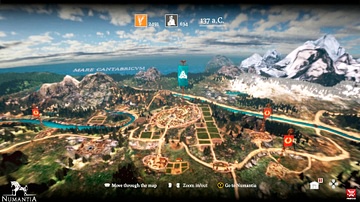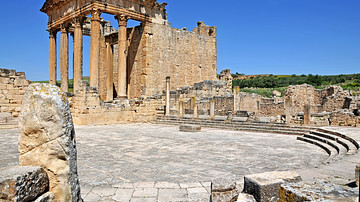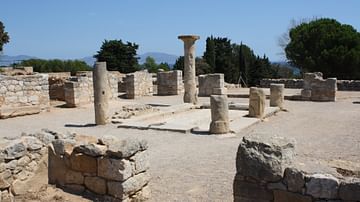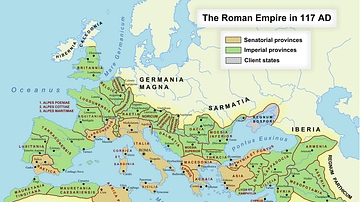Video
Cite This Work
APA Style
Kyokai, U. T. N. N. H. (2018, September 04). Archaeological Ensemble of Mérida (UNESCO/NHK). World History Encyclopedia. Retrieved from https://www.worldhistory.org/video/1452/archaeological-ensemble-of-merida-unesconhk/
Chicago Style
Kyokai, UNESCO TV NHK Nippon Hoso. "Archaeological Ensemble of Mérida (UNESCO/NHK)." World History Encyclopedia. Last modified September 04, 2018. https://www.worldhistory.org/video/1452/archaeological-ensemble-of-merida-unesconhk/.
MLA Style
Kyokai, UNESCO TV NHK Nippon Hoso. "Archaeological Ensemble of Mérida (UNESCO/NHK)." World History Encyclopedia. World History Encyclopedia, 04 Sep 2018. Web. 20 Apr 2024.





